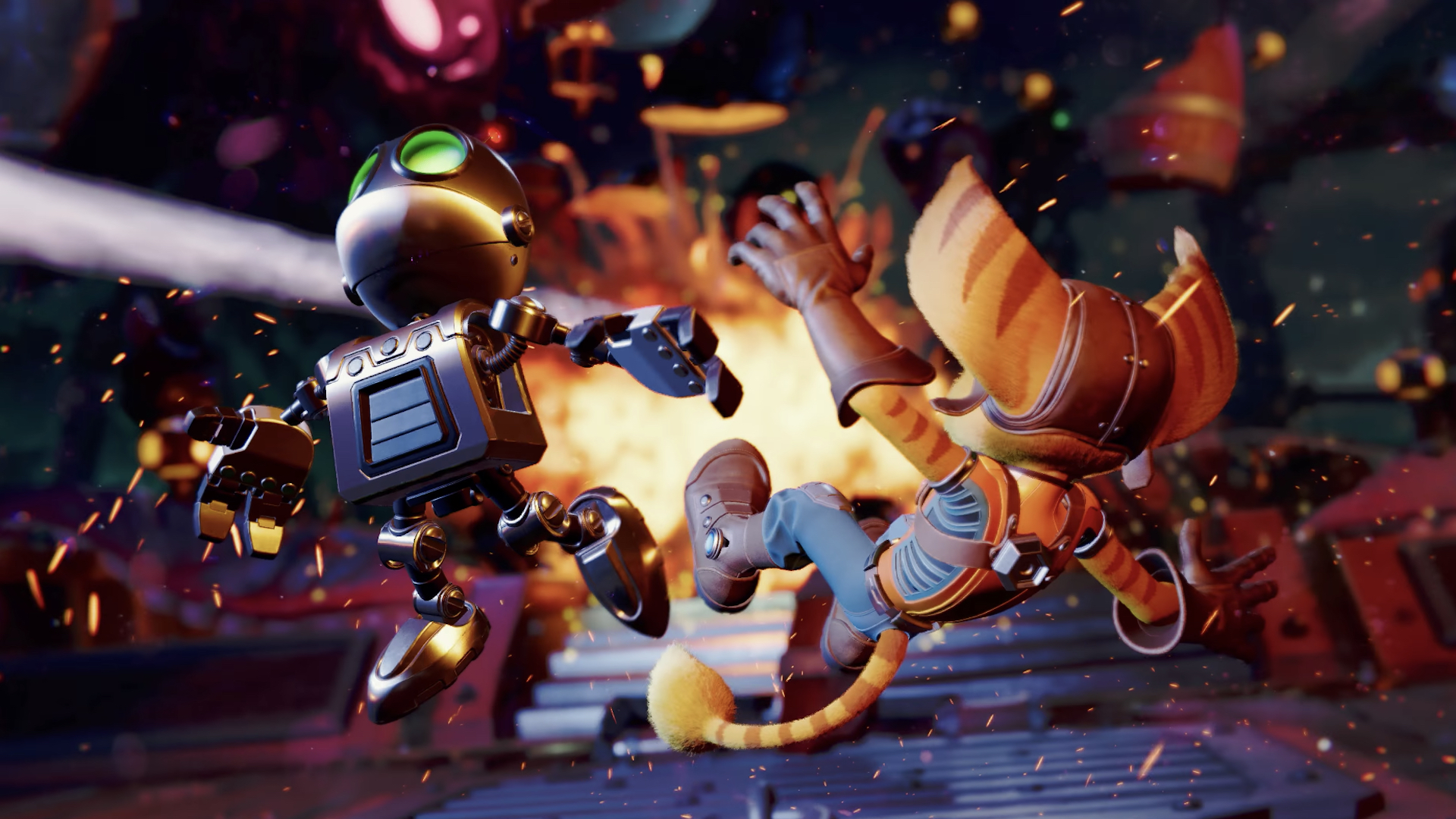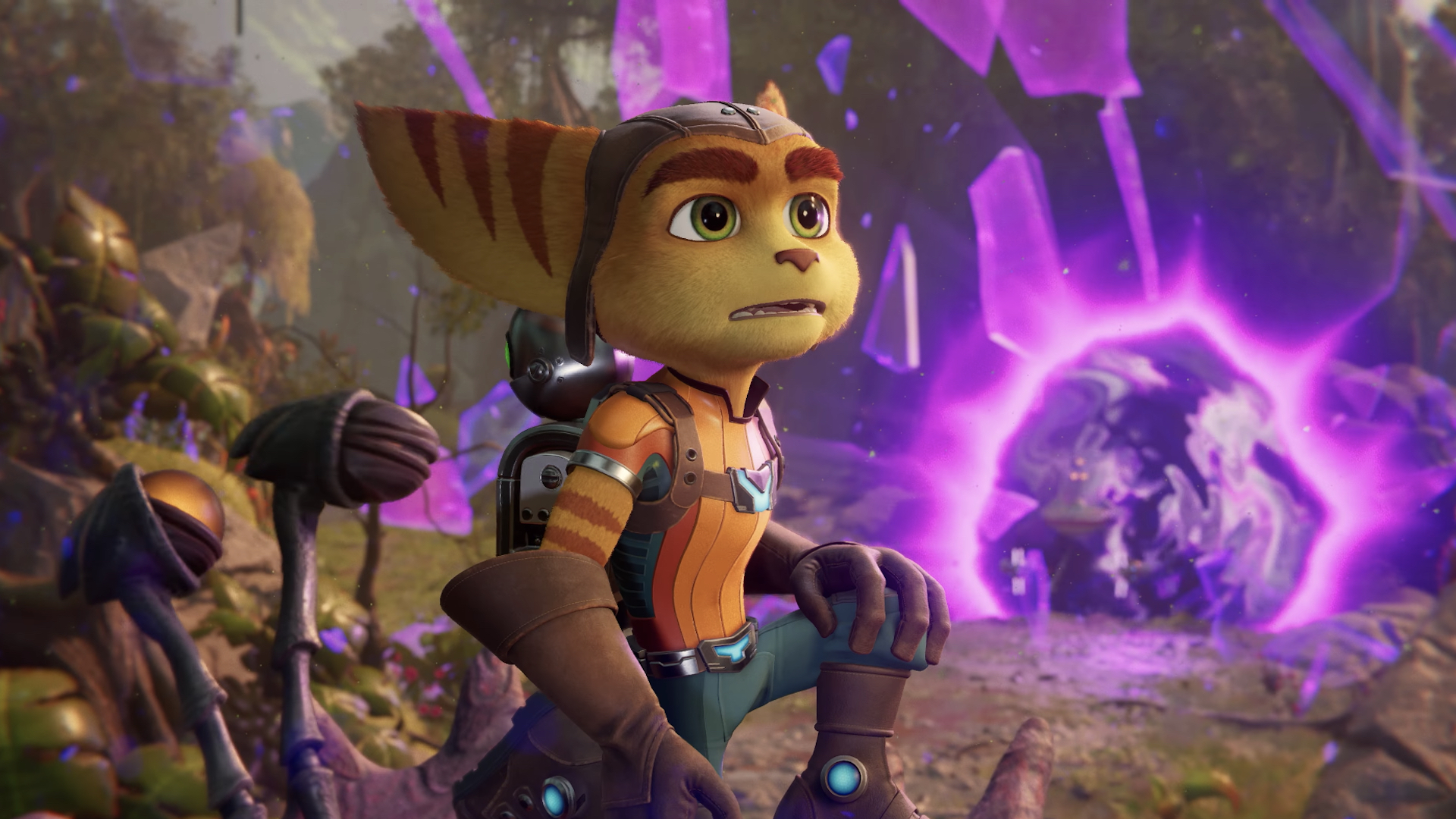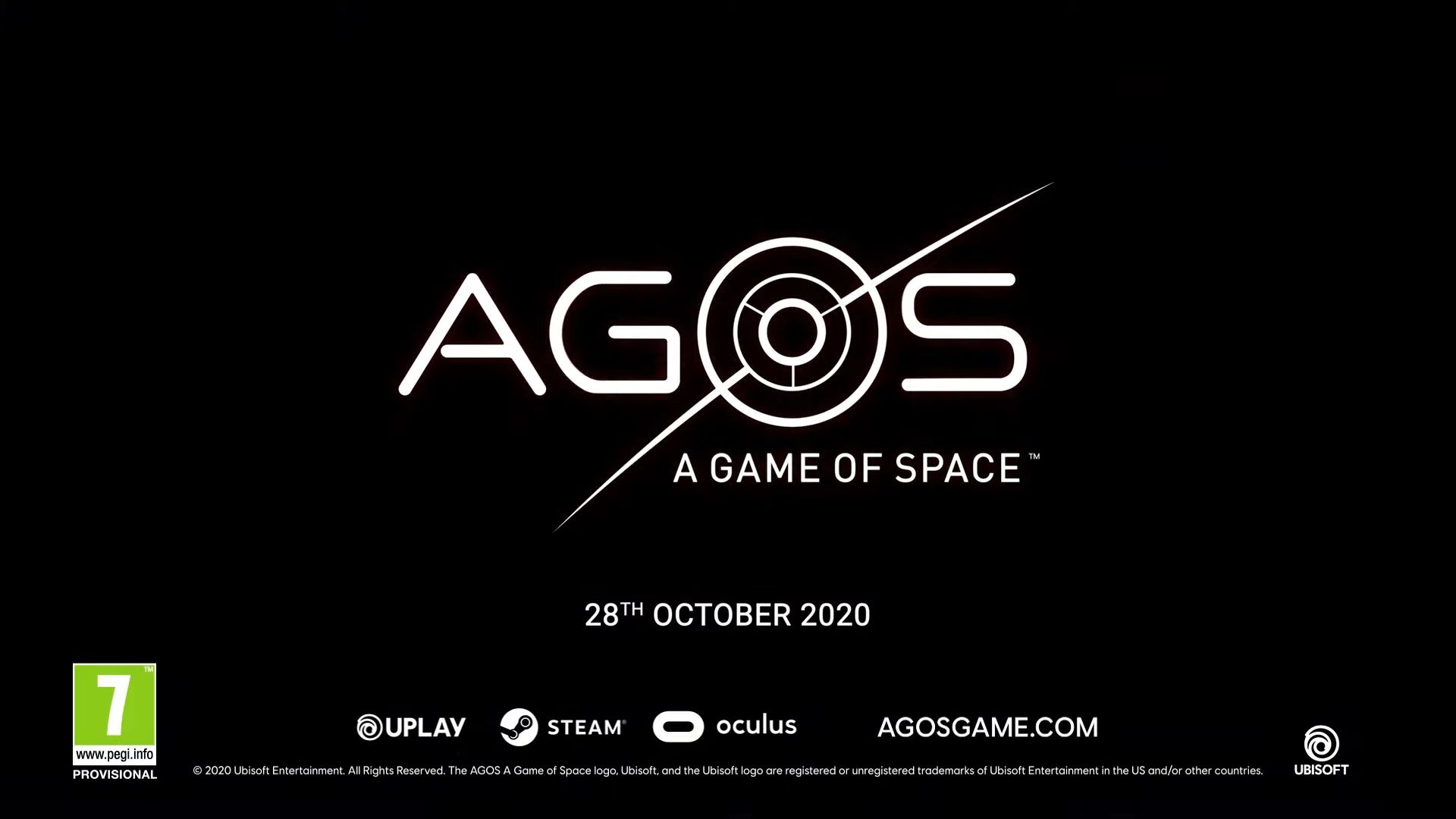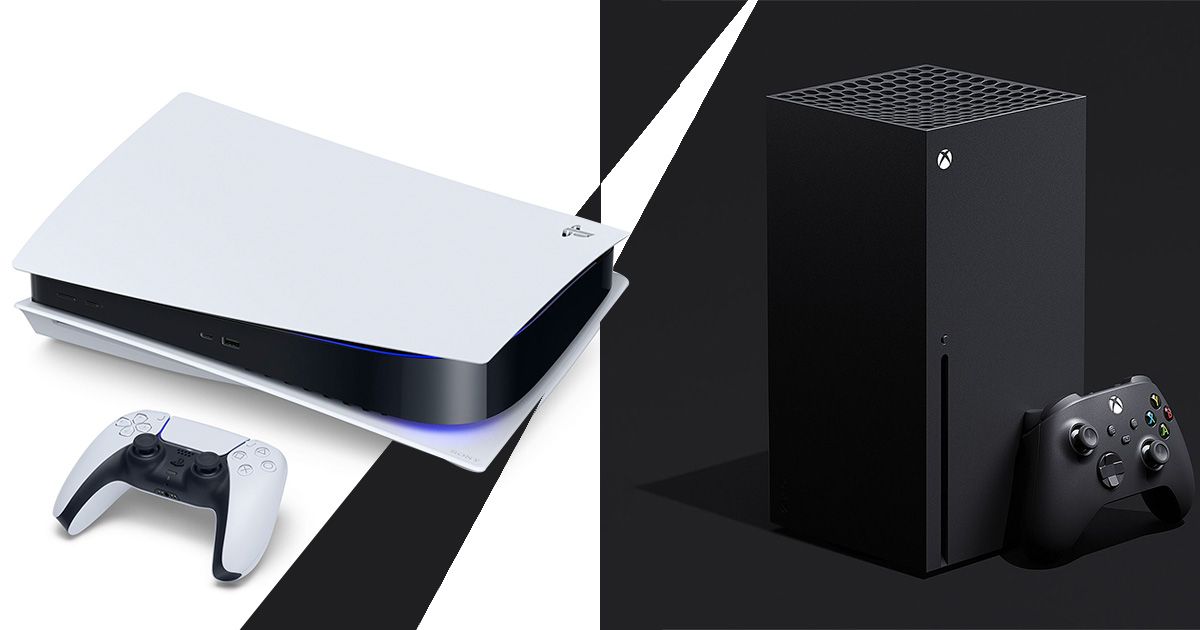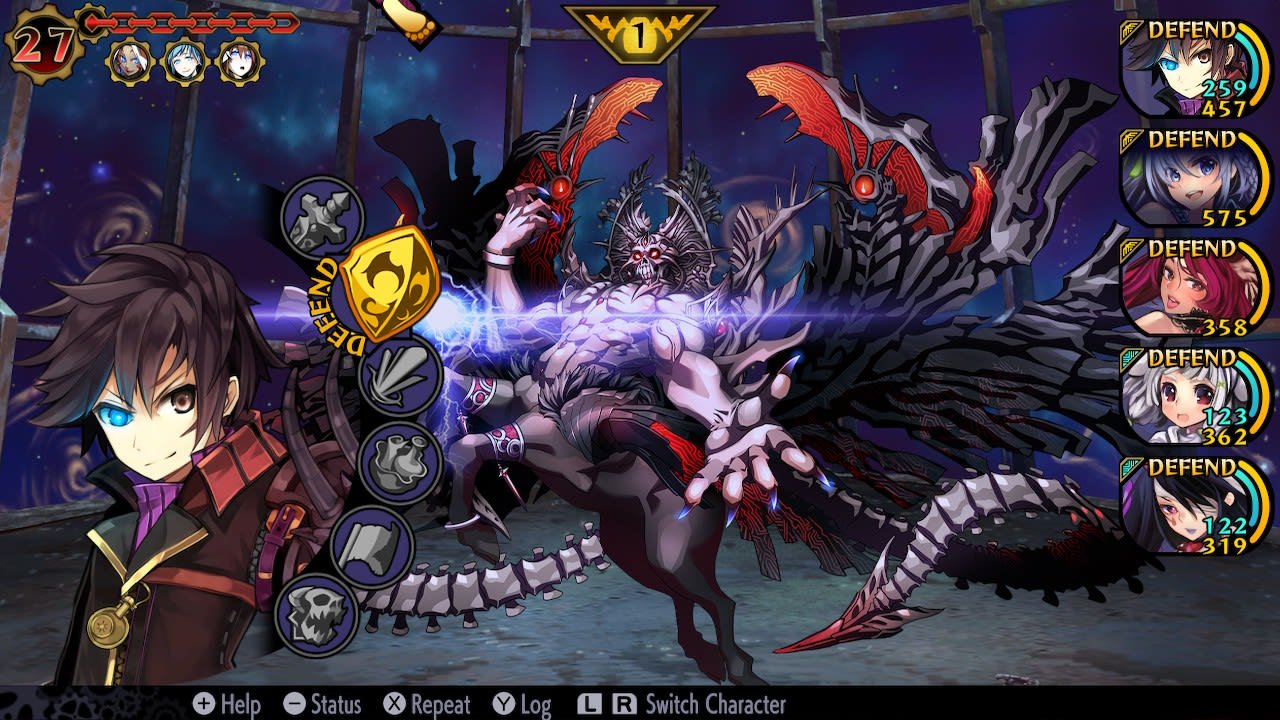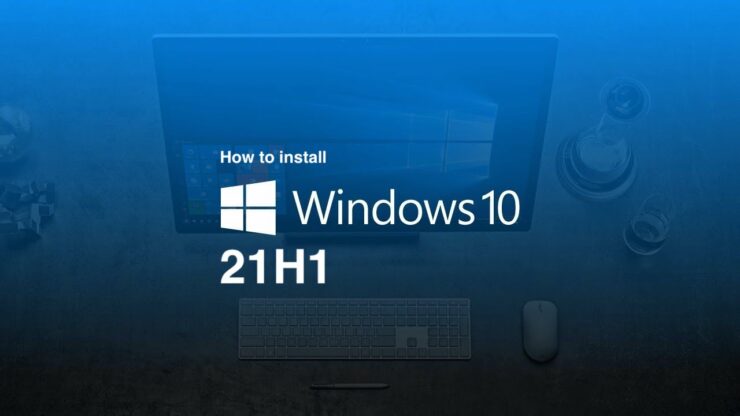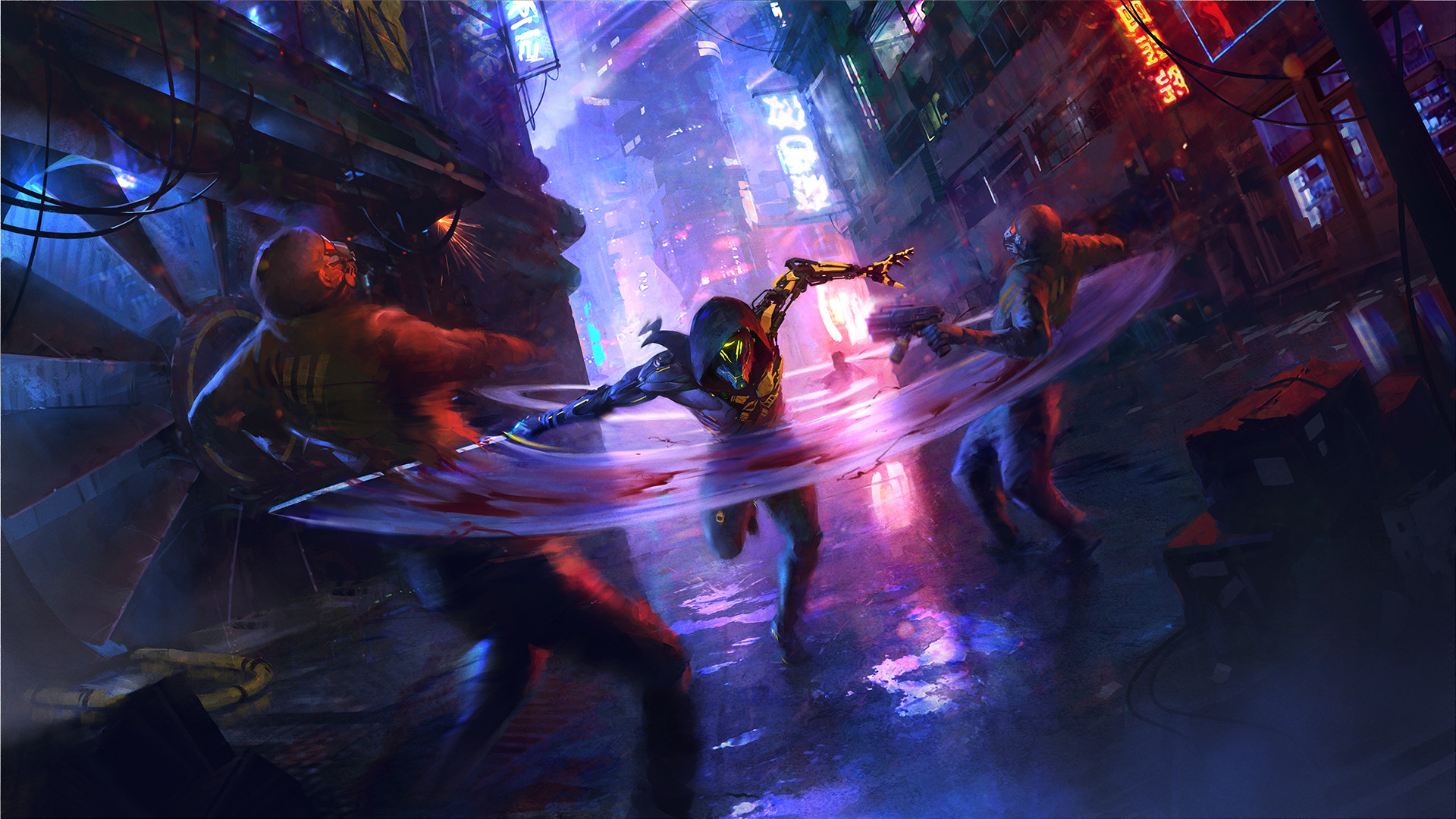
Insomniac’s Ratchet and Clank series has always been a technical showcase on Sony’s PlayStation consoles. 2002’s Ratchet and Clank was praised at launch for its wide vistas, CGI-esque presentation and art style. After a number of franchise outings on the PlayStation 2, PlayStation 3, and PS Vita, Insomniac stunned gamers with the 2016 Ratchet and Clank remake. Leveraging the graphics horsepower of Sony’s eighth-gen console, Insomniac delivered an experience that could easily pass for an early-2000s CGI movie.
Here in 2021, we’re months away from the launch of Ratchet and Clank: Rift Apart. The latest franchise entry leverages the entire swathe of ninth-generation hardware improvements. We’re getting vastly enhanced model and environment quality, hardware ray-tracing, and a unique teleportation system that relies on the PlayStation 5’s ultra-fast SSD storage.
Ratchet and Clank: Rift Apart is still months away. However, Insomniac has shared a considerable amount of video content that shows the game in action and highlights the improvements they’ve brought to the table this time around. How does Rift Apart build on the 2016 Ratchet and Clank remake? How does Rift Apart build on the PlayStation 5’s hardware to offer something unique? Let’s take a look!
Ray-traced reflections: Building on Spider-Man’s excellent implementation
Insomniac’s Spider-Man: Miles Morales and Spider-Man Remastered were standout showcases for PlayStation 5 ray-tracing at launch. Both titles made great use of ray-traced reflections, delivering a transformative improvement in a number of scenes — especially when Parker/Morales are perched upon high-rise glass facades. Ray-traced reflections are a relatively less computationally expensive effect. This makes them a great fit for the RDNA2 graphics hardware powering the PlayStation 5. Because AMD still hasn’t introduced its AI resolution scaling technology, the only way to mitigate the performance impact of RT is through optimizing the implementation for performance.
Ratchet and Clank: Rift Apart builds on the great work Insomniac did in Spider-Man, with a similar approach to ray-tracing. Based on the trailers, we’re looking at a solid ray-traced reflection implementation: Clank’s a highly reflective surface you see all the time. But plenty of environmental assets in the games light sci fi setting are also glossy and highly conducive to enhancement through ray-traced reflections. From pipes and railings to puddles, there are plenty of areas where we see Insomniac implement ray-tracing in much the same way as in Spider-Man: there are resolution cutbacks, and not all dynamic objects onscreen get reflections. But it’s a massive upgrade relative to the screens pace reflections in 2016’s Ratchet and Clank.
There’s one thing we’re interested in here that’s less certain: Rift Apart releases later in 2021, likely around the time that AMD implements its AI-powered alternative to NVIDIA DLSS. If we’re looking at even remotely similar performance gains, there’d be considerable overhead to add in additional ray-tracing effects, from shadows and lighting to global illumination. Will Insomniac take ray-tracing even further prior to launch or in a post-launch update? We’ll have to see.
Model, texture, and environmental quality
2016’s Ratchet and Clank already did a phenomenal job in terms of core asset quality. High poly models for Ratchet, Clank, and important NPCs, a great fur shader for Ratchet, and the CGI/cartoon aesthetic mean that there isn’t much room for day-and-night improvements in this area. However, Insomniac has made great use of the PlayStation 5’s extra horsepower to cranks things up further. Enemies and incidental assets receive a level of care that just wouldn’t work with PlayStation 4-era polygon budgets. Physically-based material rendering was already implemented in 2016’s Ratchet and Clank.
Here, we see refined, paired with enhanced lighting quality, with models and objects that sit really will within the environment. Greater computational horsepower means less pop-in, too, and we see high quality LODs across the board. The PlayStation 5’s increased VRAM pool is also on display here: we see higher quality texture assets across the board, something that would not have been possible with the PlayStation 4’s restrictive VRAM pool. High quality textures really help Rift Apart’s assets shine and complement the increase in model polycount.
Post-processing: uncompromised quality
Rift Apart’s post-processing pipeline is on full display in the gameplay demos we’ve seen so far and things are looking very good. GPU cycles were a precious resource on eighth-gen consoles. This meant that post-processing effects were often the first on the chopping block when it came to performance optimization. PlayStation 4 titles often featured lower quality depth-of-field, as well as motion implementations with a lower sample count.
In Rift Apart, Insomniac has leveraged the PlayStation 5’s considerable GPU prowess to deliver a full post-process experience, with cinematic, high quality depth of field, per object and camera motion blur at high sample counts, a restrained use of bloom, and relatively accurate ambient occlusion. In most AAA titles, these are top-end refinements that we see limited to PC, so it’s great to see this implemented on console.
Rift Apart: unique functionality leveraging the PS5’s SSD
Rift Apart, the subtitle for this Ratchet and Clank instalment, puts considerable focus on the Rift mechanism which is, large part, possible because of the PlayStation 5’s SSD storage. The rift portals are an immense technical achievement and leverage fast I/O and memory. Some games from past generations also featured portals as a key gameplay element. However, because they were designed for traditional HDD storage and in some cases for the Xbox 360’s miniscule 512 MB RAM pool, traversing those portals was anything but instant.
The need to link asset streaming to hard drive transfer speeds is reason loading screens between levels exist. With Rift Apart, the I/O is fast enough that entire levels (or sections of them) can be loaded instantly, vastly opening up gameplay possibilities. Another next-gen title, The Medium, does a similar thing, though with just two interconnected world spaces. Whether or not Rift Apart’s central turns out to be fun or, well, just a gimmick, it’s encouraging to see developers leverage SSD storage to create new gameplay possibilities. Looking at Rift Apart as a proof of concept, we’re excited to see what other AAA developers will do with ultra-fast storage.
Conclusion
Because of the unique transition between the eighth and ninth console generations — with an extended “cross-gen” period, it can be hard to tell exactly what the PlayStation 5’s capabilities are by looking at existing games. Next-gen exclusive titles like Ratchet and Crank: Rift Apart let us pull back the curtain and see what ninth-gen gaming will actually look like in the years to come, and we’re pretty impressed. Insomniac took the CGI-esque visuals of 2016’s Ratchet and Crank, added ray-tracing, an SSD-based gameplay mechanic, and vastly improved assets. This is a game that lets you live out the fantasy of being in a CGI movie — the visuals hold up.

